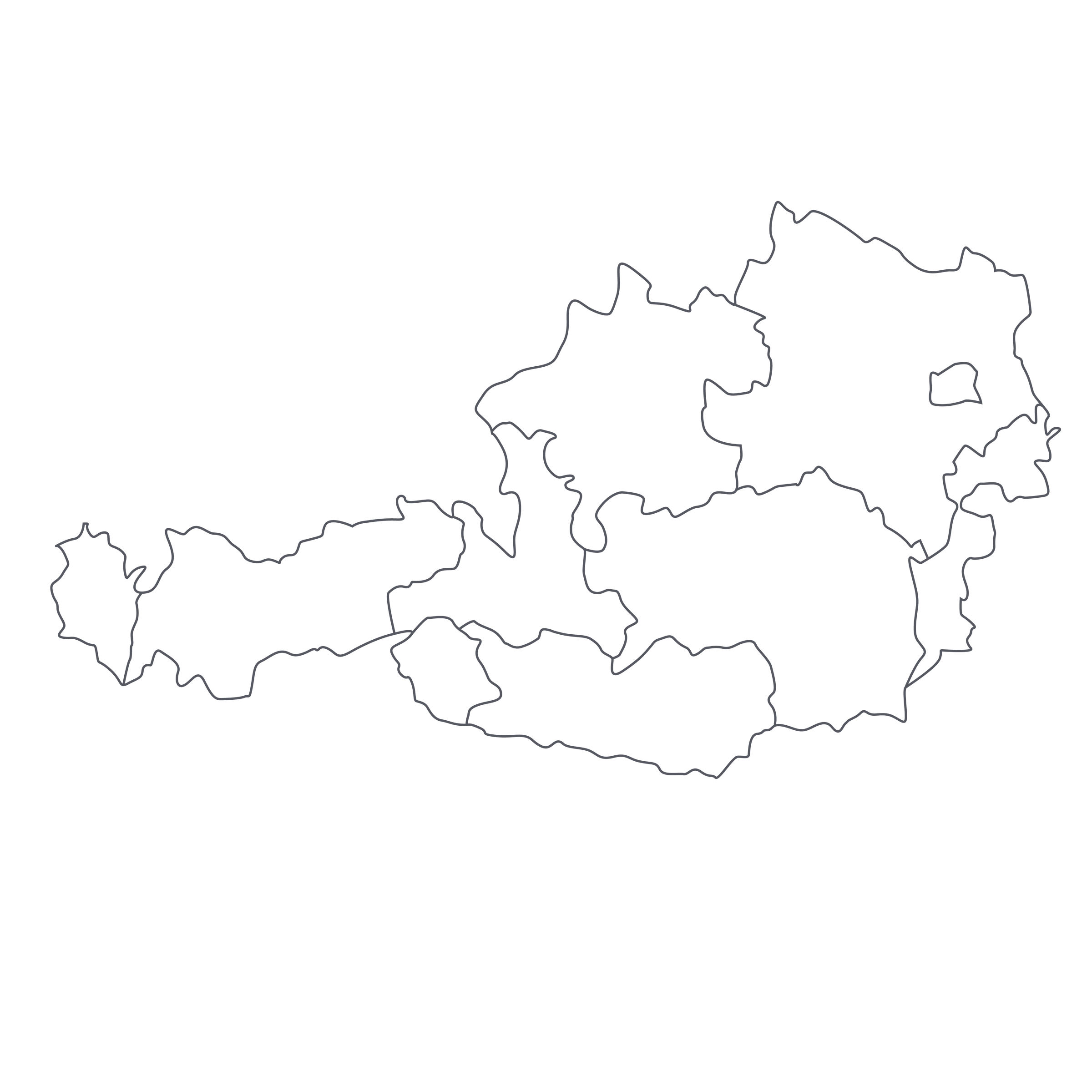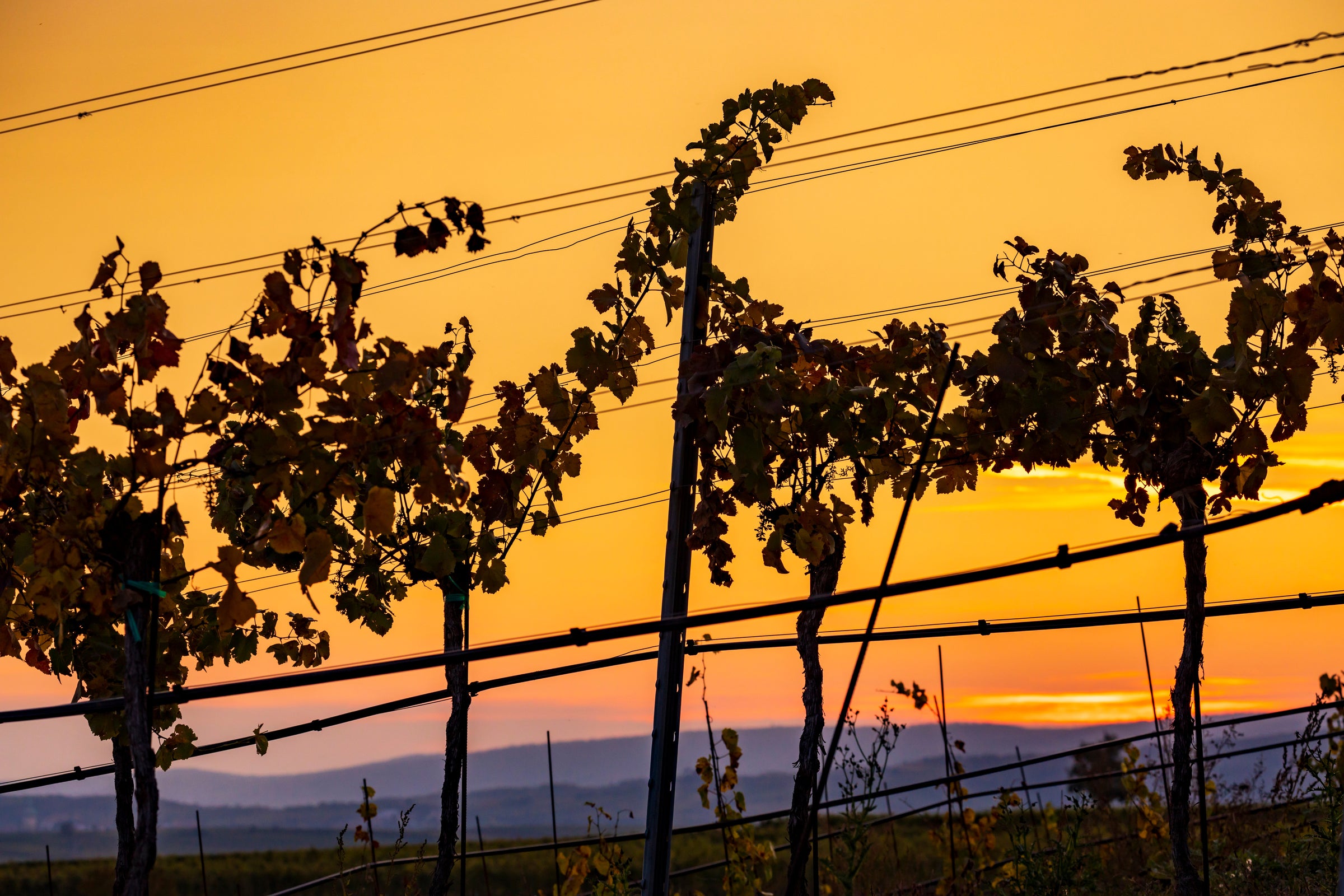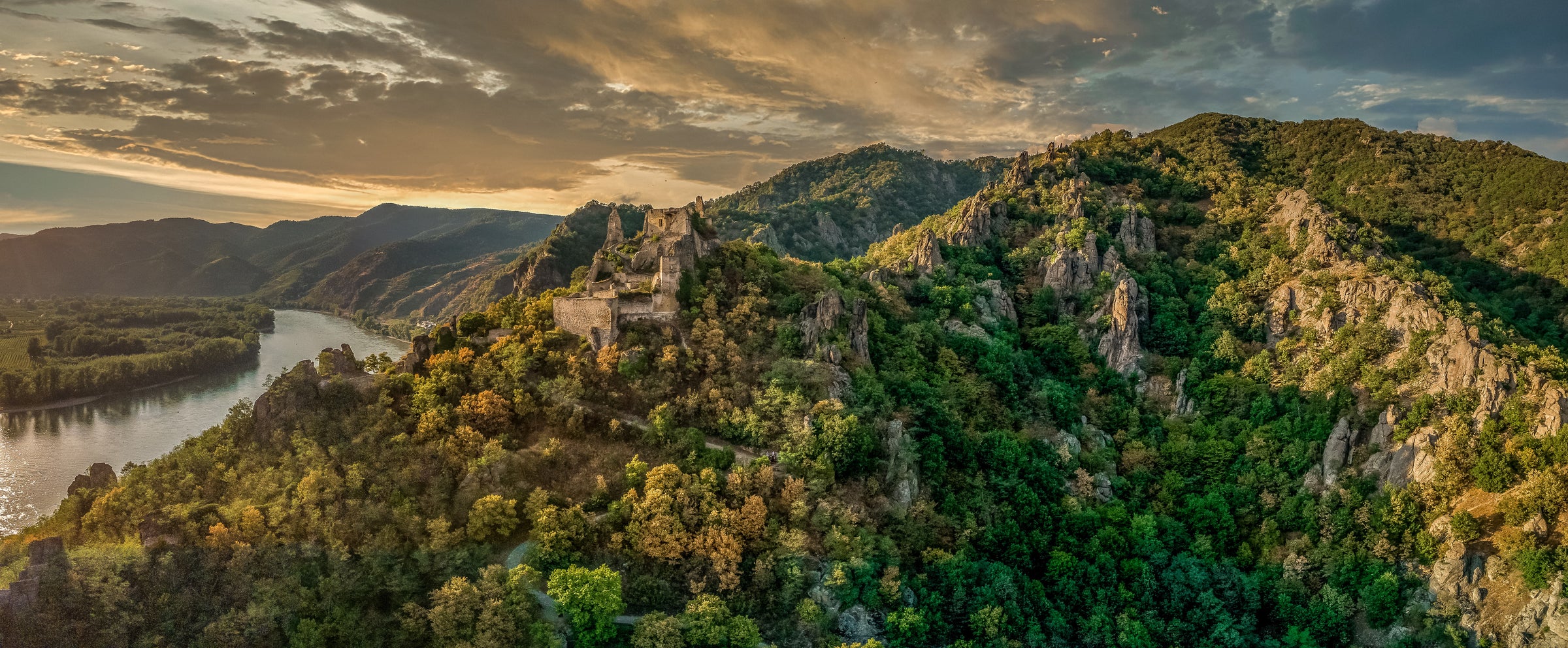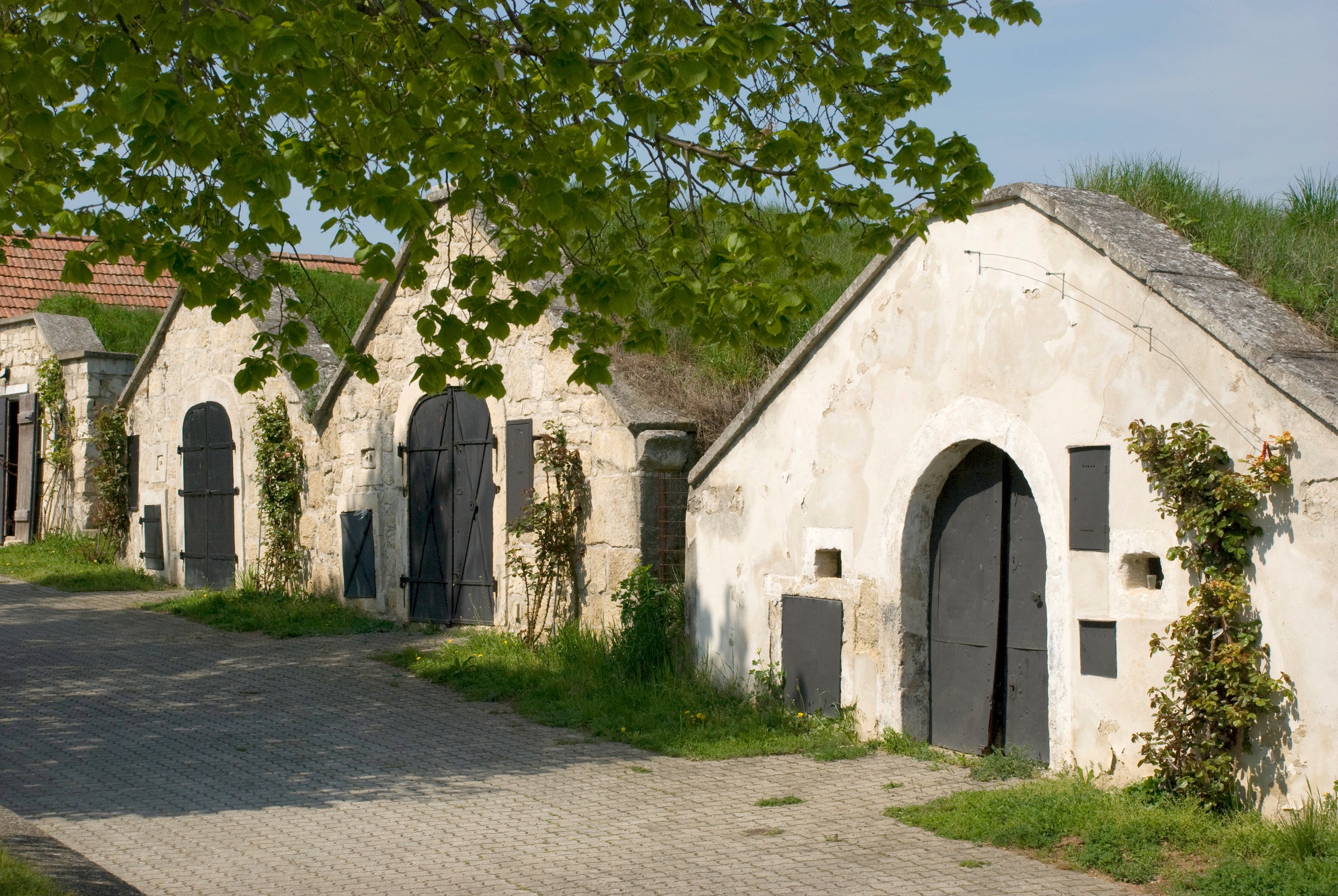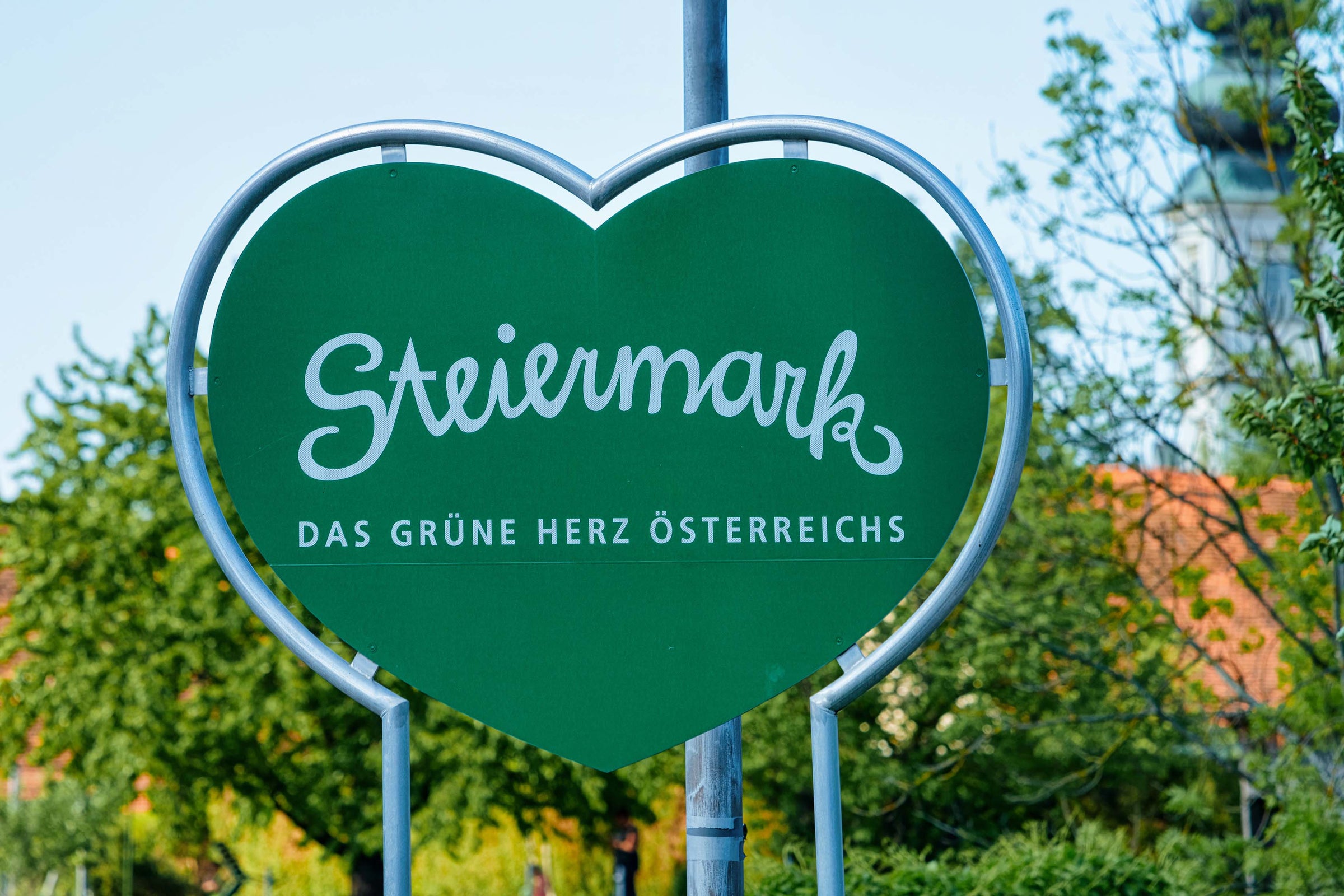I recently saw a column by the Wall Street Journal’s Lettie Teague on the current fortunes of Grüner Veltliner in the US market. “Some wine pros call Grüner Veltliner a has-been,” she wrote. “Others report robust interest and strong Grüner sales. Which one is the truer picture of Grüner today?” She didn’t ask me, but I’ve got strong feelings on the matter: Not only is my interest robust, it grows keener with each vintage. In fact, I’d like to know who it was that dubbed Grüner a “has-been” so I could pour him/her a glass of today’s electrifying 2019 “Eichelberg” from Leindl—I guarantee a contrite retraction would follow!
Not only has Grüner Veltliner never been more exciting, Teague notes further down in her piece that the “stellar” 2019 vintage in Austria made her “sit up and take notice once more.” I must say I had a similar reaction upon tasting today’s wine from Leindl, even though I’ve been paying close attention all along. This is one of the most varietally true, terroir-expressive Grüners I’ve tasted in quite some time—not only perfect for sommeliers learning to blind-taste the variety but good enough to win back anyone who might have left the grape behind (but again, I cannot imagine who would do such a thing). It truly is a “next-level” offering, especially when price is factored in. Has-been? Quite the opposite. Georg Leindl is a young, dynamic up-and-comer!
After 20 years working as a consultant, Leindl founded his small winery in 2013, in the village of Zöbing. This is the true heart of the Kamptal, which in turn is home to perhaps the greatest Grüner Veltliner vineyards of all. Kamptal is one of the “Big Three” appellations clustered together along the Danube west of Vienna (along with Kremstal and Wachau to the west), where both Grüner Veltliner and Riesling cling to steep slopes of varying geology. The Kamptal takes its name from the Kamp River, a tributary of the Danube, and the primary soil type (for Grüner) here is loess, a mineral-rich, wind-blown silt fused with calcium carbonate. The Kamptal is the eastern-most of the Wachau-Kremstal-Kamptal triumvirate, feeling a slightly more profound influence from the warmer Pannonian plain to the east, although all these regions are influenced by a push-pull of warm and cold air—the latter coming in the form of mountain-born breezes from the Waldviertel region to the northwest. This lengthens the growing season, enabling Leindl to harvest Grüner as late as mid-October to ensure optimal physiological ripeness.
The “Eichelberg” vineyard, part of Leindl’s 12 hectares of holdings, is a parcel rich in loess and is the source of Leindl’s deepest, most complex Grüner Veltliner wines. Today’s 2019, sourced from vines ranging in age from 20 to 25 years, displays the power and concentration of the site and vintage alike: it is aged only in steel, but there is lots of texture and mineral depth. In the glass, it’s a pale yellow-gold with silvery/green reflections, with heady aromas of green apple, white peach, grapefruit, lime blossom, green herbs, white pepper, radish, and a hint of flinty smoke. It is medium-plus in body but maintains its snap and crunch on the palate, finishing on a bright, citrusy, floral note. It’s an impressive, high-impact white right out of the bottle: Open it about 15 minutes before serving at 45-50 degrees in all-purpose stems and you’re off to the races! As always with great Grüner Veltliner, the hardest part is deciding what to cook for it, since it goes with just about everything. For this one, I’d say get yourself to the farmer’s market for something green, fragrant, and fresh for a simple, satisfying spring/summer pasta. I can taste it from here!
